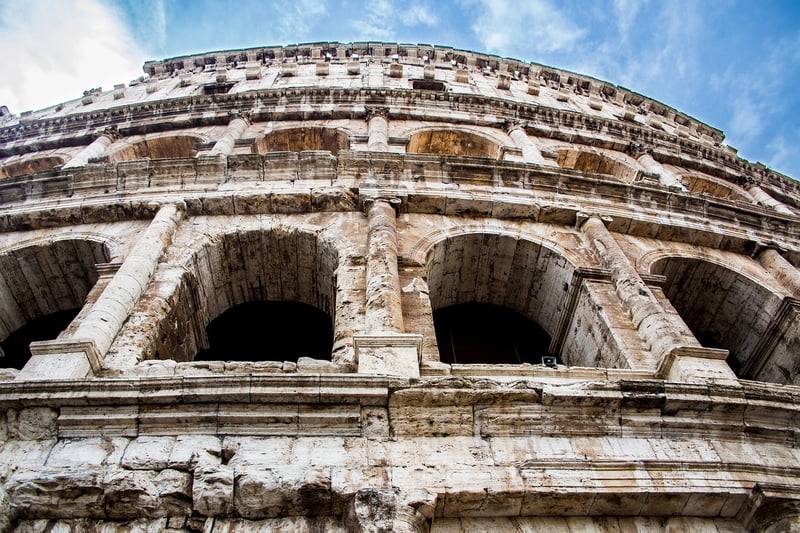Temporal Maps
The Importance of Temporal Maps in Understanding Historical Events
As humans, we have an innate curiosity about the past and how it has shaped the world we live in today. Historical events, whether major battles, political movements, or cultural shifts, play a crucial role in understanding our present reality. One valuable tool that aids in comprehending these events is a temporal map.
What are Temporal Maps?
Temporal maps, also known as timeline maps, visually represent historical events in chronological order. They provide a clear and concise way to track the sequence of events over time. By mapping out significant occurrences, temporal maps offer a comprehensive overview of how various events are interconnected and have influenced each other.
The Benefits of Temporal Maps
1. Understanding Cause and Effect: Temporal maps help us see the cause-and-effect relationships between different events. By visualizing the timeline of events, we can better grasp how one event led to another and understand the consequences of specific actions.
2. Contextualizing Historical Events: Temporal maps place historical events in context by showing when they occurred relative to each other. This context is essential for gaining a deeper understanding of why certain events took place and how they influenced subsequent developments.
3. Identifying Patterns and Trends: By analyzing temporal maps, historians and researchers can identify patterns and trends that may not be immediately apparent when studying events individually. This holistic view can reveal recurring themes or cycles in history.
Examples of Temporal Maps
Temporal maps can cover a wide range of historical topics, from ancient civilizations to modern-day conflicts. They can focus on specific regions, time periods, or themes, providing valuable insights into the flow of history.

For example, a temporal map of Ancient Rome could illustrate the rise and fall of the Roman Empire, key battles, significant rulers, and major societal changes over centuries.

Another example could be a temporal map of World War II, highlighting important events like the invasion of Normandy, the Battle of Stalingrad, and the dropping of atomic bombs on Hiroshima and Nagasaki.
Conclusion
Temporal maps serve as invaluable tools in understanding historical events by providing a visual representation of the timeline and sequence of significant occurrences. Whether studying ancient civilizations, world wars, or social movements, temporal maps offer a comprehensive view of history that enhances our comprehension of the past.
Next time you delve into a historical topic, consider using a temporal map to enhance your understanding and gain a deeper appreciation for how past events have shaped the world we live in today.
